Why Yoga Professionals Should Join the MedFit Network
It is safe to assume that not everyone a yoga professional works with is injury or disease free. As a yoga professional, it is your responsibility to ensure that you provide your clientele with safe and effective programming. The question you have to ask yourself is: are you truly qualified and up to date on the latest information to work with your current (and future)? A second question to ask is are you marketing yourself to those who need you most in this healthcare crisis? If you’re honest, you should at least say that perhaps you are not.
Well, this is where the MedFit Network (MFN) can help! MedFit Network (MFN) is both a professional membership organization for yoga, fitness and allied healthcare professionals, and a free online resource directory for the community to locate professionals with a background in prevention, treatment, and rehabilitation in working with those with chronic disease or medical conditions. As a yoga professional, here are three reasons why you should join the MedFit Network

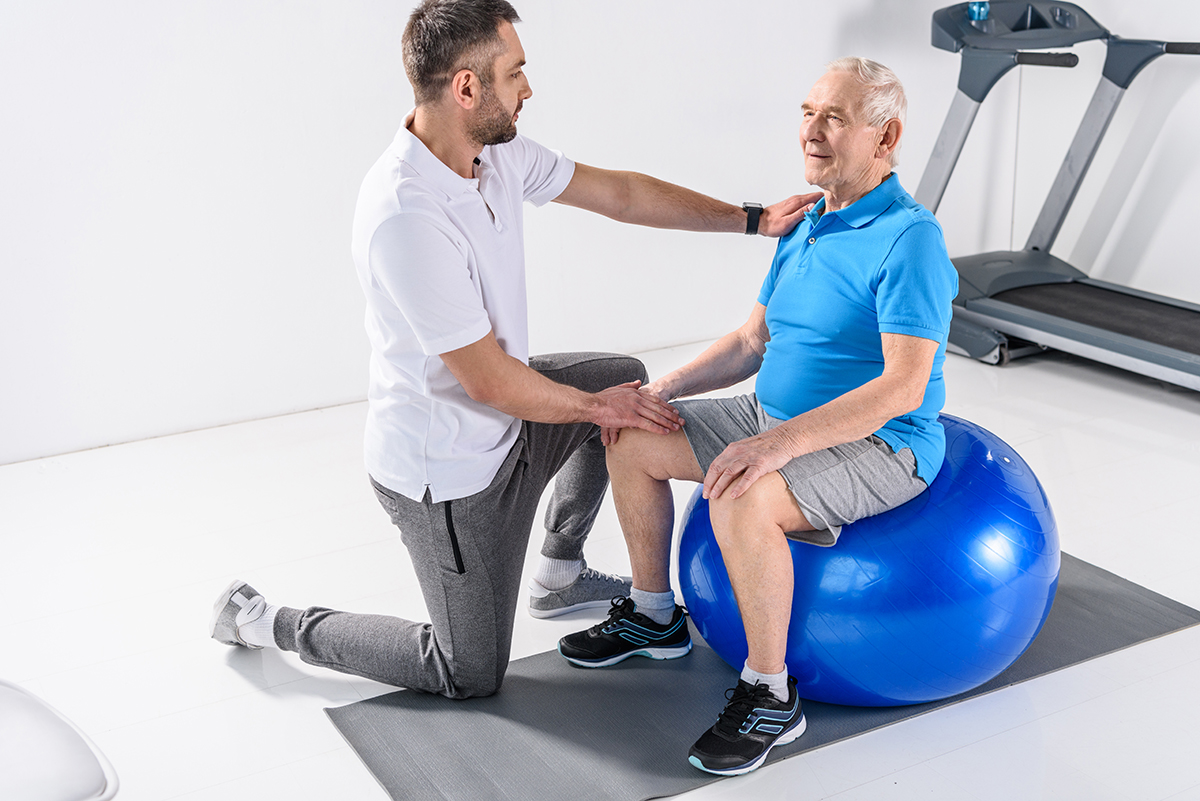

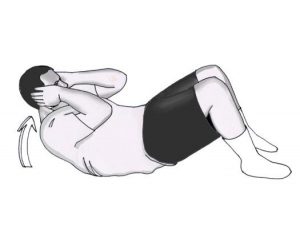
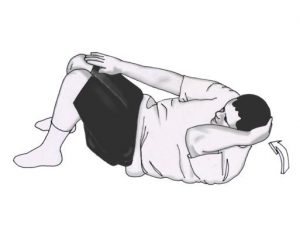
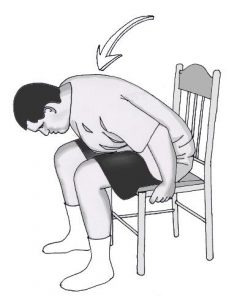
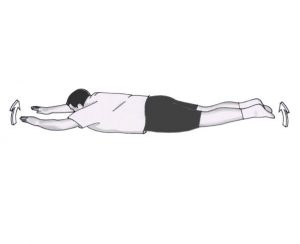
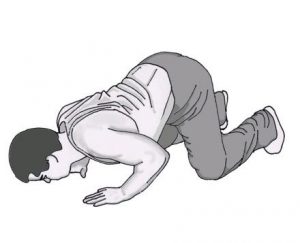
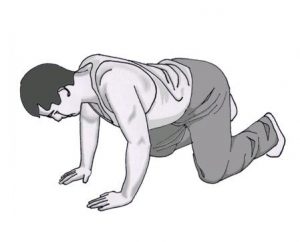
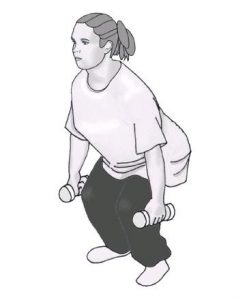
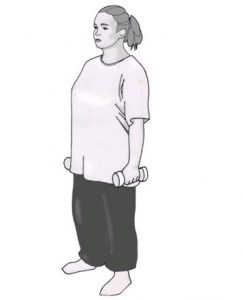

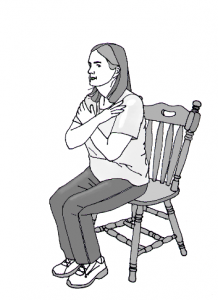
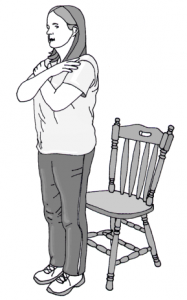
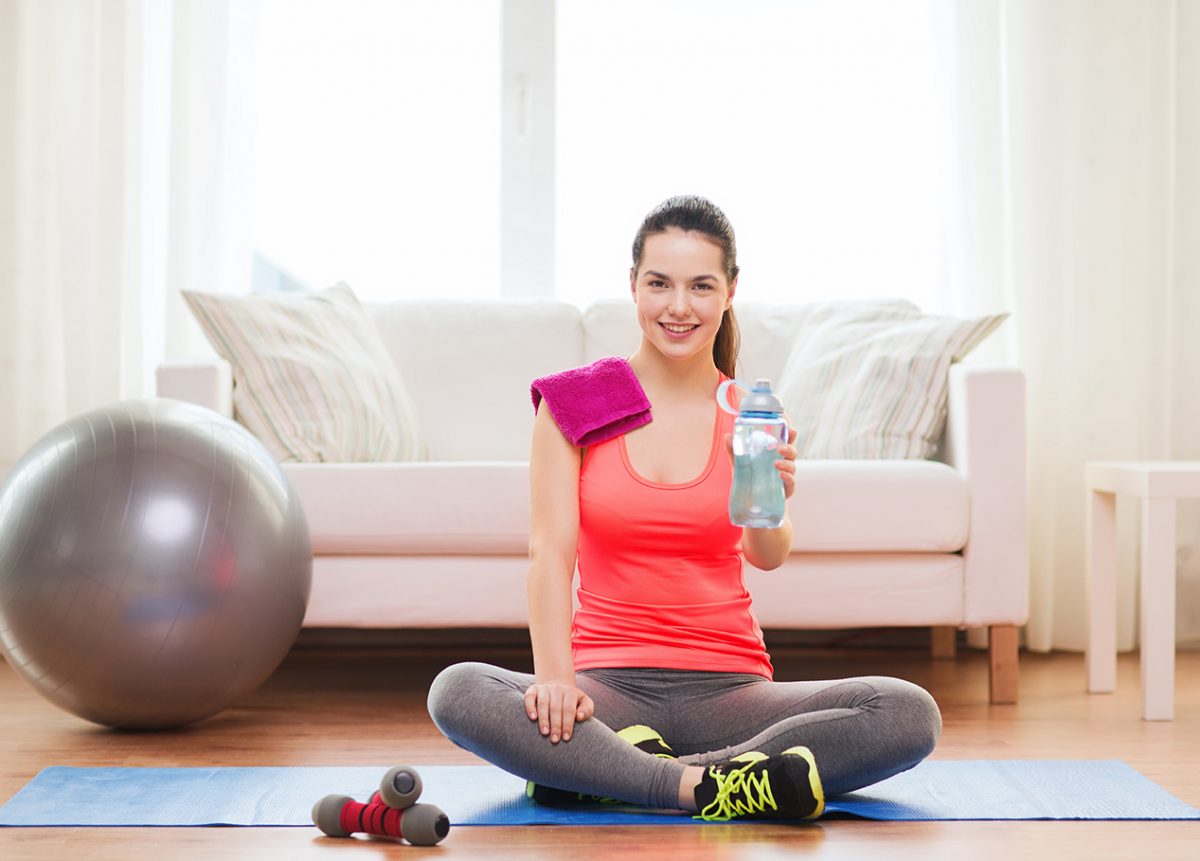
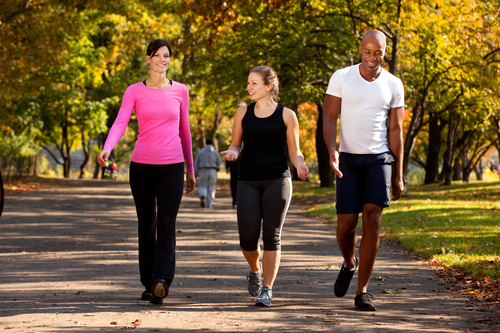 A large study showed that mild to moderate exercise, performed about three times a week, reduced the risk of dying during the Hong Kong flu outbreak in 1998. The Hong Kong study was performed on 24,656 Chinese adults who died during this outbreak. This study showed that people who did no exercise at all,
A large study showed that mild to moderate exercise, performed about three times a week, reduced the risk of dying during the Hong Kong flu outbreak in 1998. The Hong Kong study was performed on 24,656 Chinese adults who died during this outbreak. This study showed that people who did no exercise at all, 
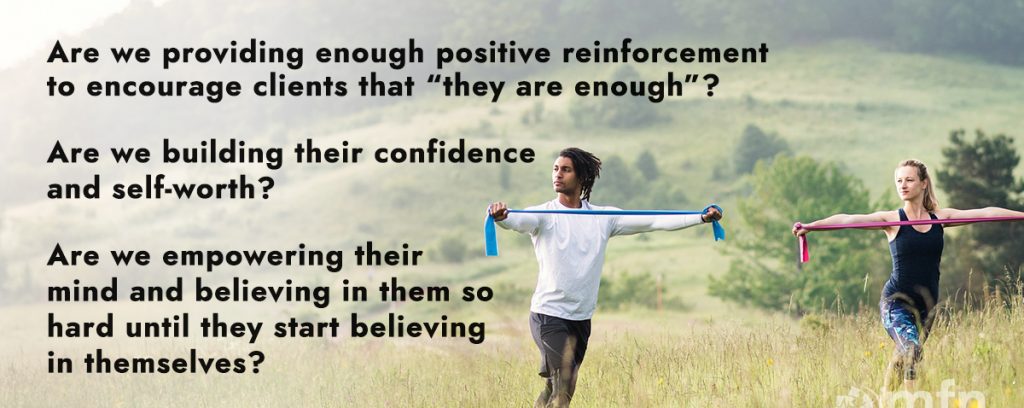
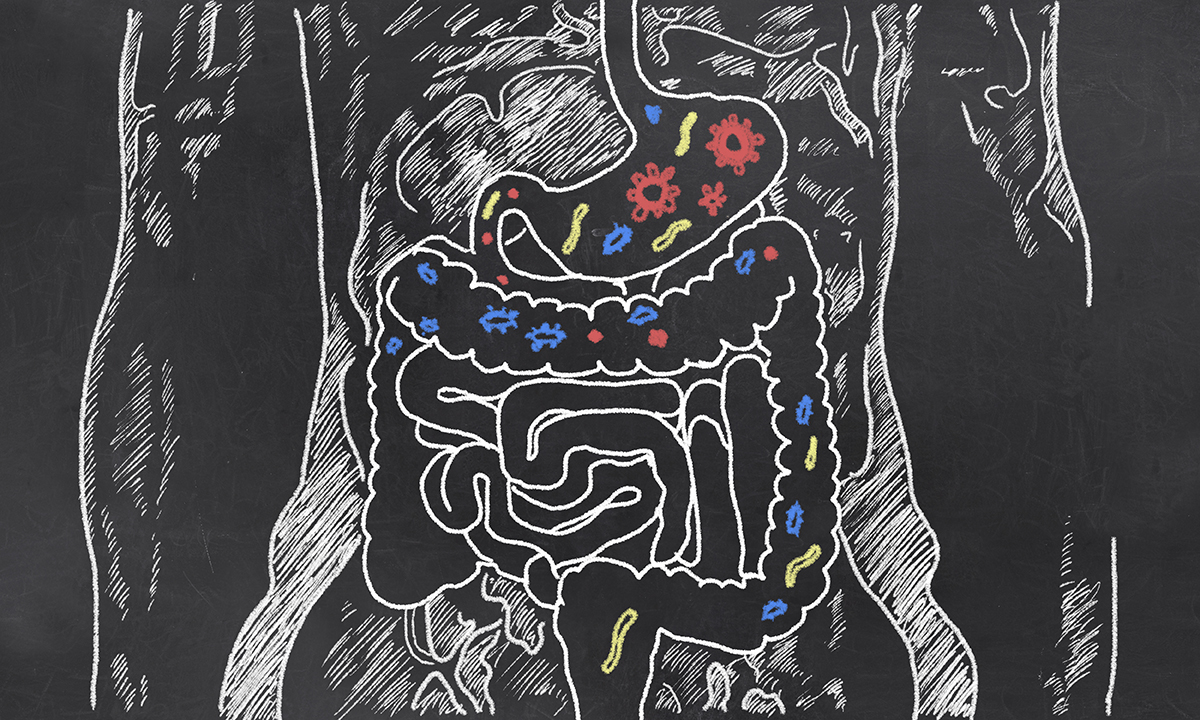
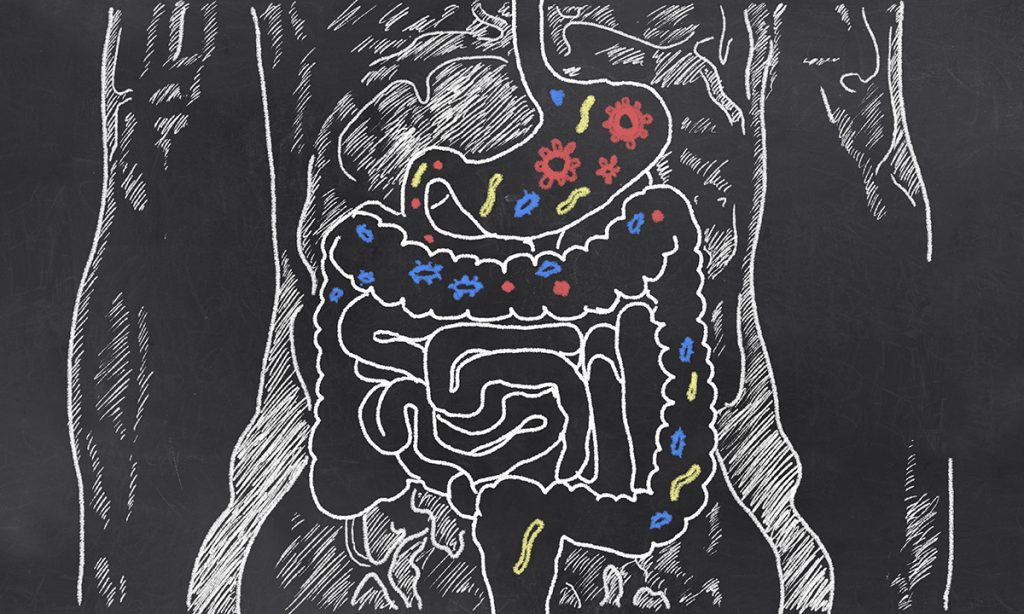 Stay calm. Being anxious about intestinal issues can exacerbate the problem. Think positive. Trust that your gut is adaptable and trainable. Record what, when, and how much you eat, as well as the duration and intensity of your exercise. Use that data to help you figure out what foods and fluids settle best. Building body trust can reduce anxiety—and that can reduce GI issues. That said, precompetition nerves can affect any athlete, regardless of GI hardiness!
Stay calm. Being anxious about intestinal issues can exacerbate the problem. Think positive. Trust that your gut is adaptable and trainable. Record what, when, and how much you eat, as well as the duration and intensity of your exercise. Use that data to help you figure out what foods and fluids settle best. Building body trust can reduce anxiety—and that can reduce GI issues. That said, precompetition nerves can affect any athlete, regardless of GI hardiness!

 What-to-Eat Rx: Fresh, Whole, Inverse
What-to-Eat Rx: Fresh, Whole, Inverse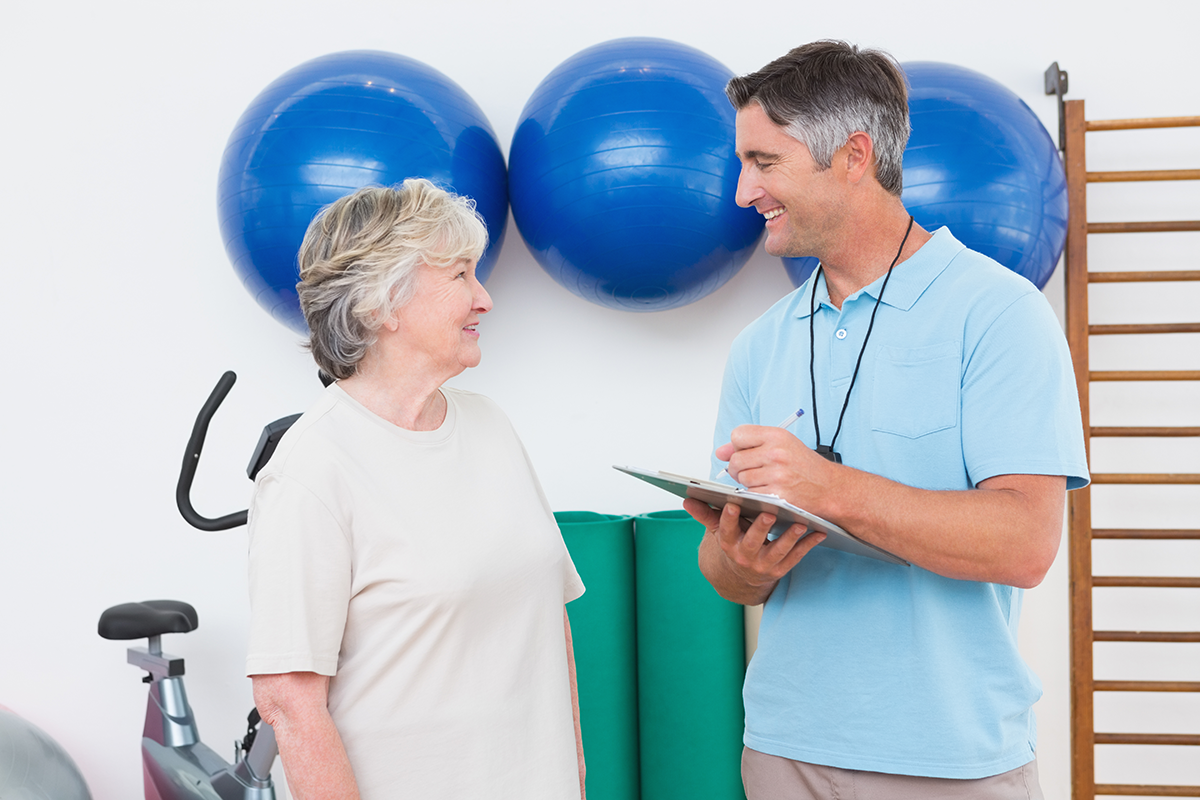
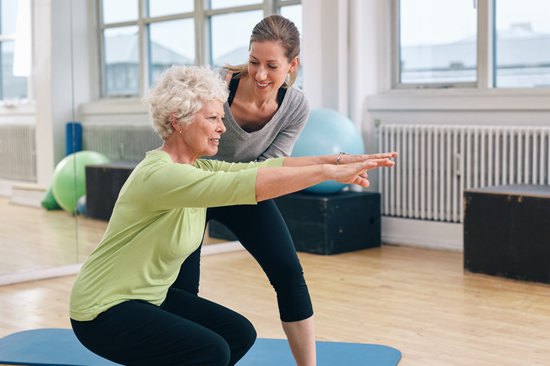 I was making presentations in healthy aging and how to train elderly people in 2014, joined with and became a master trainer for an emerging group at the time, and got certified in functional aging. I had met with this energetic woman in Orange County who was starting a network for medical fitness — any guesses? Yes, Lisa Dougherty was super passionate about it and was busy enlisting all kinds of groups to collaborate with her. After working for the American Council on Exercise and knowing their interest in this market sector, I too saw an interesting niche in the fitness and health market that was not getting filled. The gap between an allied health care professional’s treatment and true functional health for any individual, but especially an aging one. Phil Kaplan has written and spoken quite a bit on this and labeled it as the “new blue ocean.” As he mentions, it is not a small niche, but a huge market opportunity, and it is driven by people valuing their health and quality of life.
I was making presentations in healthy aging and how to train elderly people in 2014, joined with and became a master trainer for an emerging group at the time, and got certified in functional aging. I had met with this energetic woman in Orange County who was starting a network for medical fitness — any guesses? Yes, Lisa Dougherty was super passionate about it and was busy enlisting all kinds of groups to collaborate with her. After working for the American Council on Exercise and knowing their interest in this market sector, I too saw an interesting niche in the fitness and health market that was not getting filled. The gap between an allied health care professional’s treatment and true functional health for any individual, but especially an aging one. Phil Kaplan has written and spoken quite a bit on this and labeled it as the “new blue ocean.” As he mentions, it is not a small niche, but a huge market opportunity, and it is driven by people valuing their health and quality of life.


